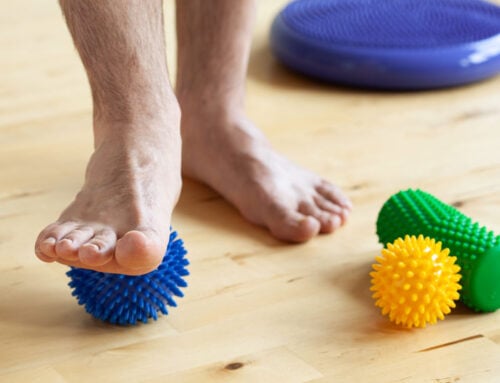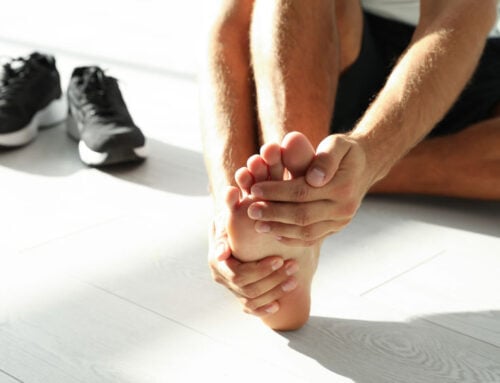Putting An End To Bunions
Foot pain is more common than many people think, with a variety of conditions interfering with mobility. One example is bunions, a common foot condition affecting 1 in 3 Americans. Statistically, women usually struggle with bunions more than men. Although not all cases can be debilitating, the condition is often progressive and can impact walking and other activities over time. In some instances, at-home treatment may be sufficient. However, other individuals may require surgery to fully correct the situation.

Feet under pressure
Bunions are a type of bone growth deformity usually caused by pressure. While the occurrence is typically gradual, some of the most common causes are how an individual walks, the shape of the foot, or poor-fitting shoes. People who stand for extended periods or routinely wear ill-fitting footwear are also more susceptible to bunions. In some cases, a family history of the deformity or even having flat feet can increase the chances of developing bunions. Finally, a history of previous foot injuries or even being diagnosed with diseases like rheumatoid arthritis (RA) can often trigger the condition.
Bunion symptoms
The most obvious sign of bunions is the protruding joint on the big toe. However, other symptoms include skin that’s inflamed on the outer side of the big toe, a big toe turned inward, thickened skin under the big toe, or even calluses on the second toe. Finally, foot pain that comes and goes is often reported with bunions. While many people can manage bunions without the condition impacting daily life, symptoms that interfere with mobility or make wearing shoes difficult might fare better with surgical interventions.
A surgical solution
Before surgery is considered, a physician will first recommend options such as wearing splints or better-fitting shoes. However, if this approach doesn’t correct the issue and the bunions start to impact daily life, individuals might be encouraged to consider surgery. Different options exist to help correct the deformity, realign the toe, and help a person regain mobility. To determine which methods should be used during the procedure, a surgeon usually takes x-rays to diagnose the type of bunion present and assess the patient’s pain level.
Lapiplasty for shorter recovery
Traditional bunion surgery requires a 6-8 week initial recovery period. During the recovery, people must minimize time spent standing or walking and use crutches to get around. Women are usually encouraged to avoid wearing heels for at least 6 months after surgery. Lapiplasty is a somewhat newer type of procedure that works to correct the deformity by restoring alignment throughout the toe, which also aids in straightening the appearance. As a result, recovery times are significantly shorter. For example, many patients return to bearing weight on the foot within days of surgery.
Step into better foot health
The best way to prevent bunions is to avoid activities likely to encourage the deformity. Wearing proper footwear that doesn’t pinch or cause toe crowding, using splints, and engaging in physical therapy (PT) can often prevent bunion growth. However, surgical interventions might be necessary if a bunion develops and doesn’t respond to conservative treatment. If bunion pain interferes with daily life, consider speaking with a podiatrist.



